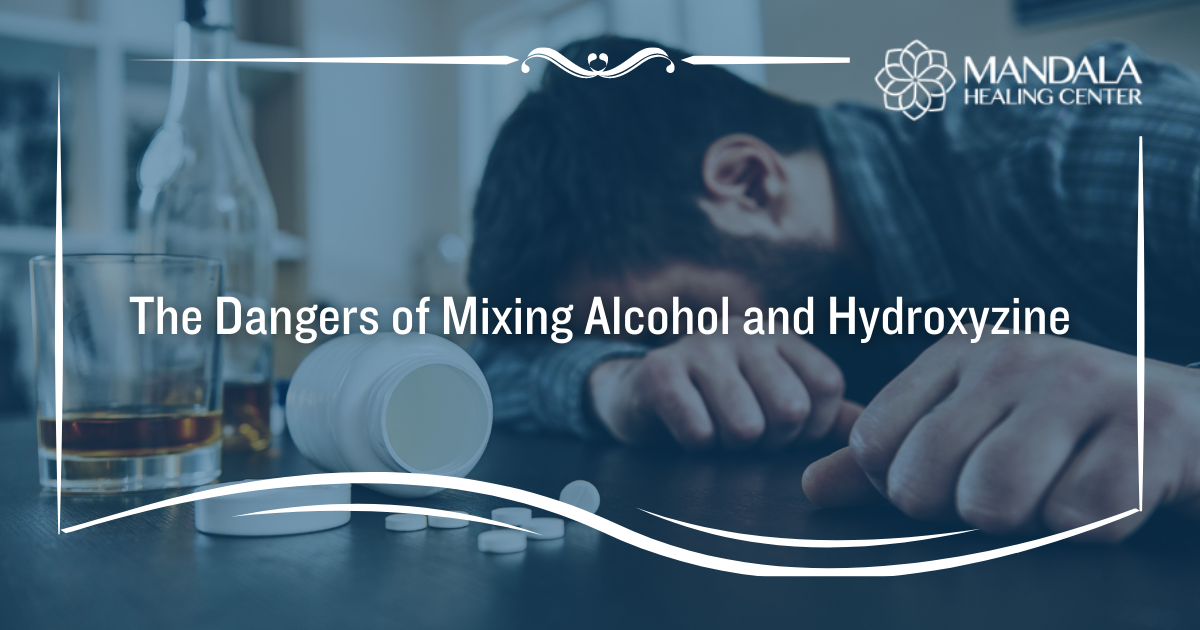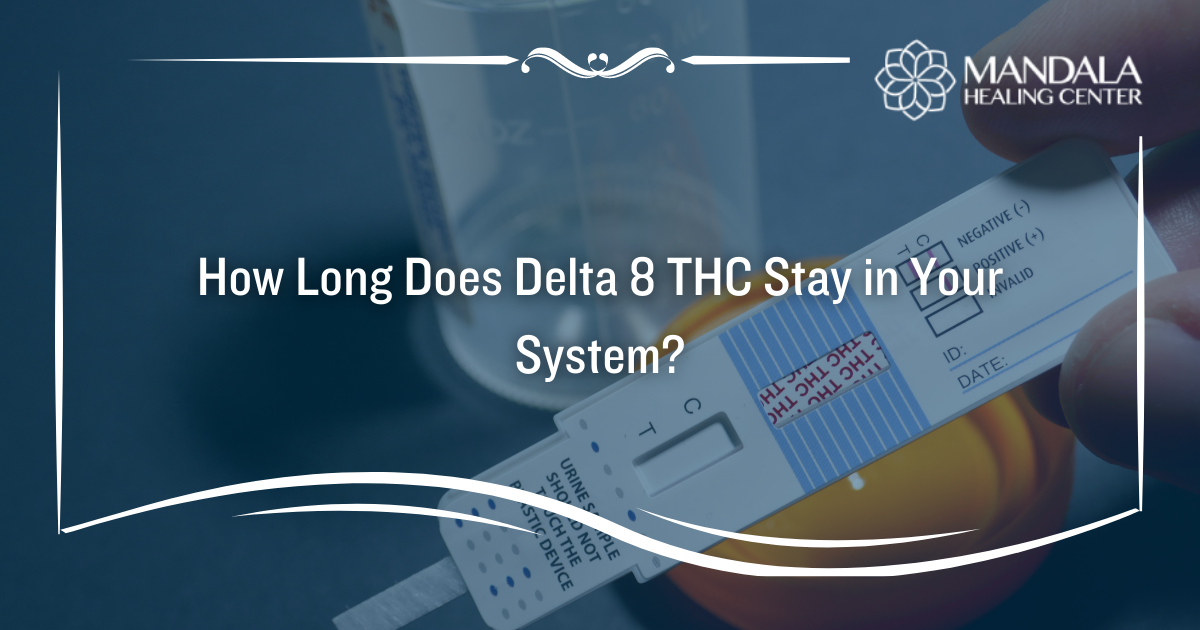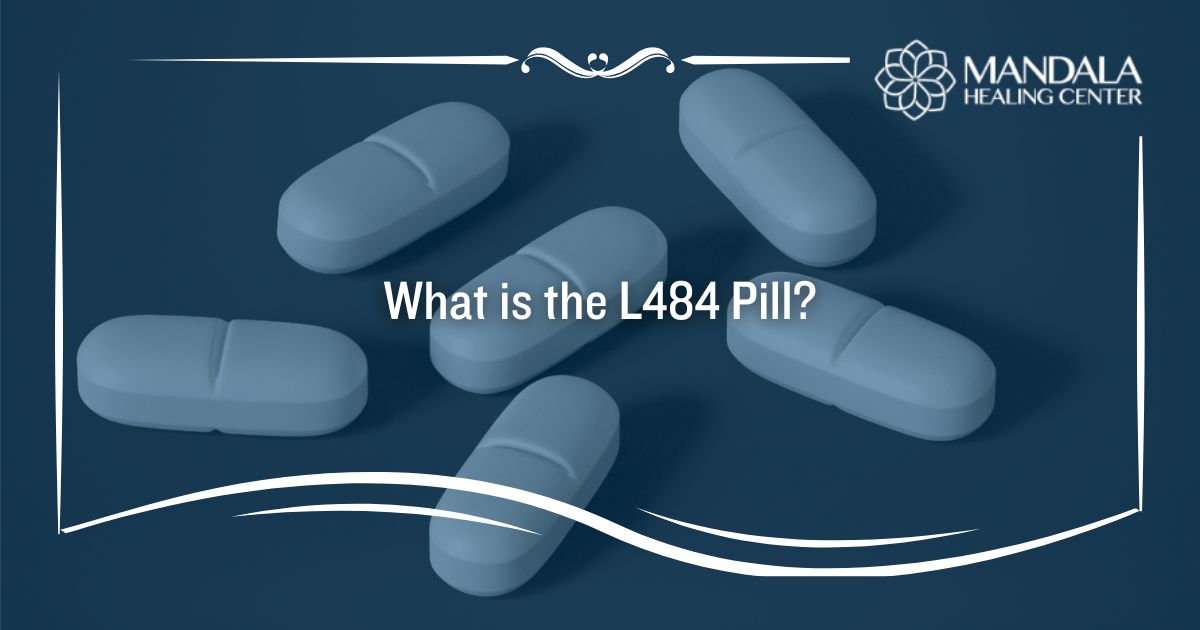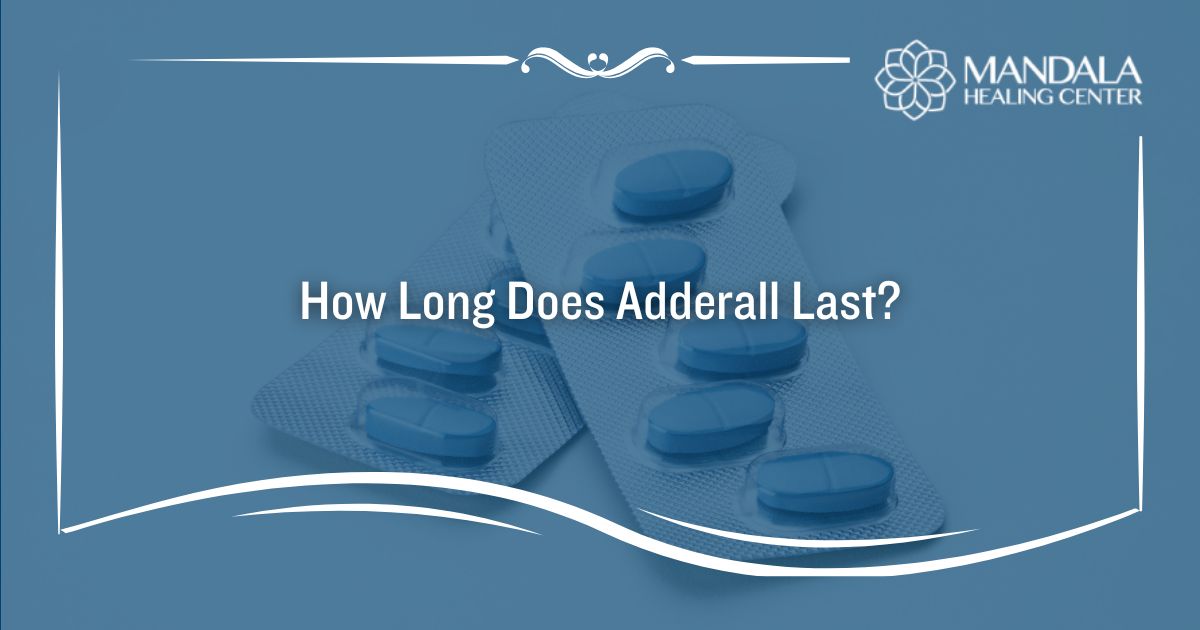Addiction treatment centers use a variety of therapies to help patients overcome drug and alcohol addiction. Many of these therapies focus on the ideas, behaviors, and emotions that lead to substance abuse. However, many people need more than just behavioral therapy to achieve long-term sobriety. 12-Step facilitation therapy is an active engagement technique that helps increase the likelihood of people participating in a 12-Step group after leaving rehab. It involves educating patients at substance abuse treatment facilities about the 12-Steps, the benefits of 12-step programs, and how these programs can provide support for each patient’s individual needs.
Participation in 12-Step groups such as Alcoholics Anonymous (AA) or Narcotics Anonymous (NA) is thought to promote abstinence by providing individuals with fellowship, guidance, and a spiritual connection. 12-Step groups are the most widely used recovery-based fellowships in the United States and more than two-thirds of the rehab centers in the US use a 12-step model in their treatment programs.[1] 12-Step facilitation therapy (TSF) can help maximize patients’ chances of positive outcomes after treatment and engagement in one’s recovery.
What are the 12-Steps?
The 12-Steps originated in Alcoholics Anonymous (AA) but are now used in all 12-Step programs to help people overcome all different types of addictions. The 12-Steps are as follows:[2]
- We admitted we were powerless over alcohol—that our lives had become unmanageable.
- Came to believe that a Power greater than ourselves could restore us to sanity.
- Made a decision to turn our will and our lives over to the care of God as we understood Him.
- Made a searching and fearless moral inventory of ourselves.
- Admitted to God, to ourselves, and to another human being the exact nature of our wrongs.
- Were entirely ready to have God remove all these defects of character.
- Humbly asked Him to remove our shortcomings.
- Made a list of all persons we had harmed and became willing to make amends to them all.
- Made direct amends to such people wherever possible, except when to do so would injure them or others.
- Continued to take personal inventory and when we were wrong promptly admitted it.
- Sought through prayer and meditation to improve our conscious contact with God as we understood Him, praying only for knowledge of His will for us and the power to carry that out.
- Having had a spiritual awakening as the result of these steps, we tried to carry this message to alcoholics and to practice these principles in all our affairs.
What is 12-Step Facilitation Therapy (TSF) Like?
TSF is a type of therapy that encourages the active engagement of patients in a 12-Step program. Examples of 12-Step fellowships include:
- Alcoholics Anonymous (AA)
- Narcotics Anonymous (NA)
- Heroin Anonymous (HA)
- Cocaine Anonymous (CA)
- Marijuana Anonymous (MA)
- Gamblers Anonymous (GA)
- Sex and Love Addicts Anonymous (SLAA)
- Eating Disorders Anonymous (EDA)
TSF is usually used in a group therapy setting. Therapists explain the 12-Steps, how they can help people in recovery, and why the 12-Steps work. As patients share their experiences and their struggles throughout therapy, the therapist continues to point out situations in which group members can benefit from the 12-Steps or a 12-Step fellowship. This approach also creates a safe space where patients can ask questions about 12-Step groups and figure out which 12-Step fellowship is right for them.
Key Ideas Behind 12-Step Facilitation Therapy
According to the National Institute on Drug Abuse, there are three key ideas that predominate this approach:[3]
- Acceptance – Individuals must realize that addiction is a disease that cannot be controlled by their willpower alone. As an unmanageable and uncontrollable disease, the only way to overcome addiction is by complete abstinence.
- Surrender – Individuals must surrender their “will” and their life over to a higher power by accepting the help provided by other individuals in similar situations. They must also commit to following a 12-Step program with the help of a sponsor and/or other recovering individuals.
- Active involvement – Individuals should attend regular 12-Step meetings, participate in the meetings, pick up service commitments, and find a “homegroup” (a certain meeting that individuals attend each week and participate in the decision-making behind the meeting).
Although these ideas are introduced in 12-Step meetings, it is important to introduce substance abuse treatment patients to these ideas beforehand to increase the likelihood of their participation in such groups after treatment.
Benefits of 12-Step Facilitation Therapy (TSF)
In addition to promoting 12-Step participation, TSF also:
- Introduces patients to peer communities where they can meet other like-minded people with shared experiences and goals
- Provides access to a substance-free environment that can provide free, long-term support for recovery
- Teaches patients the importance of using 12-Step meetings to learn from the experiences of other people in recovery
- Helps individuals sustain long-term recovery
- Reduces feelings of shame, embarrassment, loneliness, and isolation
- Reduces feelings of anxiety about attending 12-Step meetings
Find Help for Addiction Today
Here at Mandala Healing Center, 12-Step facilitation therapy is used in various aspects of our treatment programs. Our patients get introduced to the 12-Steps, have access to 12-Step literature, and may even be able to participate in these meetings while they are in treatment.
If you or a loved one are struggling with addiction, treatment that promotes the 12-Steps can help. Contact us today to learn more.
References:












